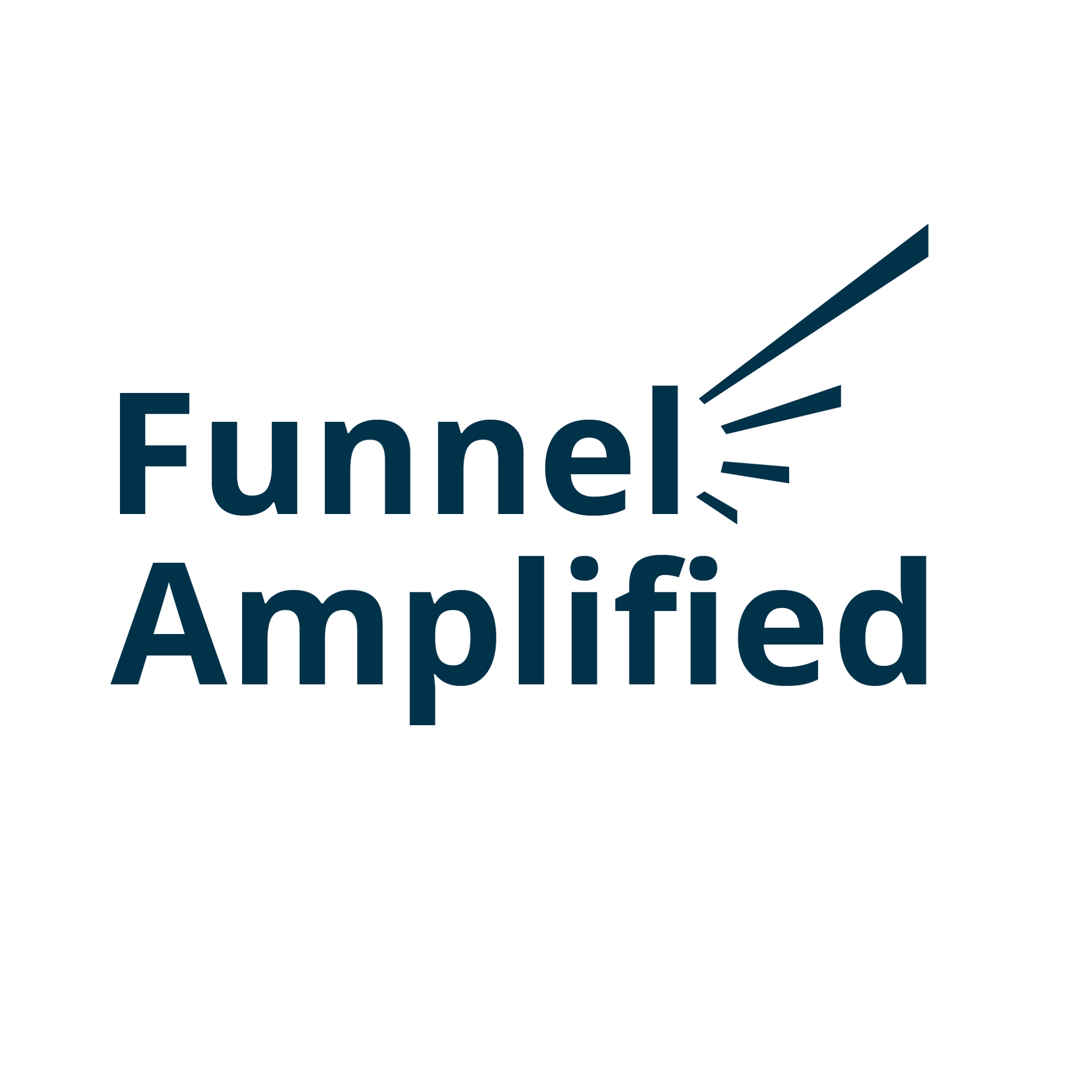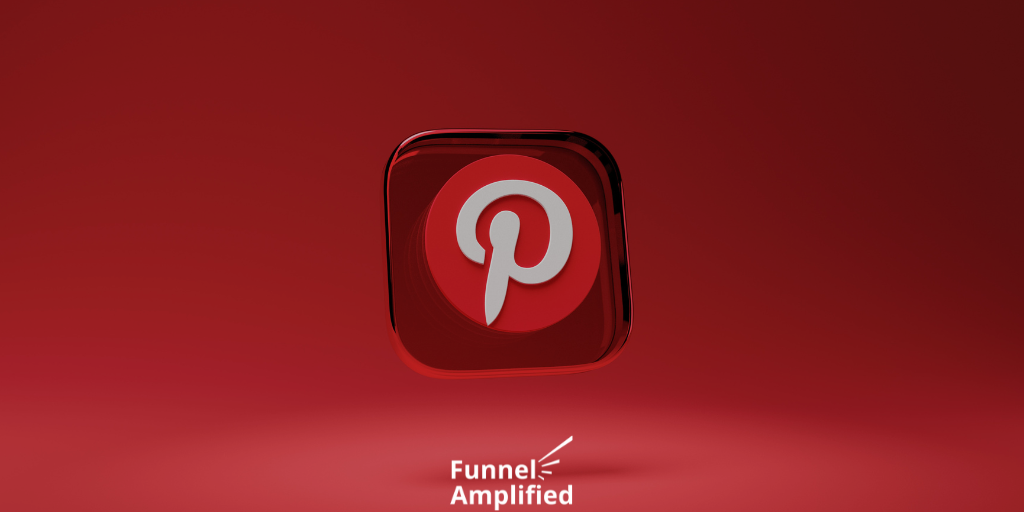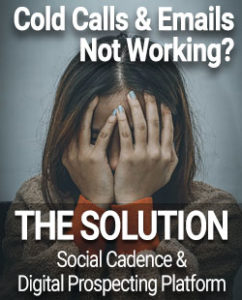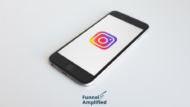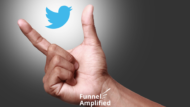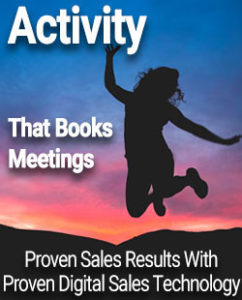Posting pictures exclusively can lead to selling your product!
Pinterest works differently than traditional search engines: the platform focuses completely on images. This website and app is popular for finding and saving inspiration on various topics and interests. It’s a simple way to collect and organize content from a wide range of sources.
Pinterest is a collection of an individual’s interests — a digital bulletin board for anything that a user finds fascinating. Before, people had to go through magazines, cut out their favorite images, and paste them in a scrapbook or push-pin into a cork board.
The platform permits a way to capture and save images, gathered from all over the internet, conveniently in one personalized page. No longer do you have to bookmark links, cluttering your bookmark page with varied URLs. Instead, a simple pin on Pinterest — a click of a button — will save it for you there. Specifically, the biggest interest areas on the platform range from fashion, food, auto, interiors, and travel; there are search results for a wide variety of users.
Pinterest Origins
Pinterest was created on Thanksgiving in 2009. Ben Silbermann, a Yale graduate and ex-Google employee, built the website with a few friends. His wife was watching television and conceived the name “Pinterest”. A year later, the website was launched. At first, Pinterest was pigeonholed as a place to discover recipes and aesthetic decor. Word of mouth pushed Pinterest over one million unique visitors in July 2011.
By 2012, Pinterest had 12 million unique visitors, with the average user spending 98 minutes per month on the site. It had more than 1 billion monthly page views and high user engagement. At the time, it was the second fastest growing site ever, behind only Formspring. Growth in the website garnered the attention of both press and venture capitalists. eCommerce found that the platform drove more traffic to their sites than YouTube, LinkedIn, and Google.
Although it started as a traditional social network, in later years, the company put an increased emphasis on visual search and e-commerce — specifically shopping catalogs.
At the end of the decade, the company decided to go public with a valuation of $12 billion, with stocks peaking at $24.40 per share. Now, the website has over 430 million global monthly active users, with last year’s revenues earning $2.578 billion.
How Pinterest Works
Pinterest is a social network where people save their inspiration/ideas for interest and hobbies. Ideas are represented by a Pin. The objective isn’t about getting likes, but discovering.
Using Pinterest for business is a simple way to showcase products and services as an information resource. With 40% of Pinterest users having a household income of $100k+, there is a sizable audience with strong spending power willing to do business with you!
Searchers are much more likely to experiment and try brands or concepts that they aren’t familiar with. Plus, the search engine capabilities sends traffic directly to a website.
For brands, the creator-friendly platform allows discovery, credibility, engagement, and sales conversion. The winning formula on the app is the four key features: search, feed, pins, and boards. This makes users spend hours on the app. The three feeds include Home, Explore, and Following.
Pinterest for Business
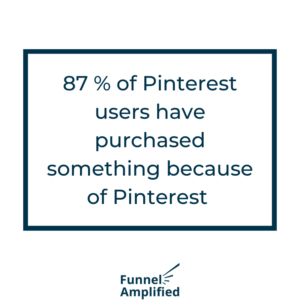 Let’s take a closer look at the Pinterest audience: Pinterest drives 3.8x more sales than other platforms. An estimated 87% of Pinners have purchased a product because of the platform. In fact, 93% of user plan to purchase at some point on the app. Half of all millennials have a profile, and of the global audience, 66% are female aged 25-54.
Let’s take a closer look at the Pinterest audience: Pinterest drives 3.8x more sales than other platforms. An estimated 87% of Pinners have purchased a product because of the platform. In fact, 93% of user plan to purchase at some point on the app. Half of all millennials have a profile, and of the global audience, 66% are female aged 25-54.
Its monthly users may pale in comparison to Facebook and Instagram audiences; therefore, it’s easier to match with your business’ target audience.
Ads are everything on Pinterest; an approximate 61% of Pinners have made a purchase after seeing business content on their feed. Promoted Pins are accessible through Pinterest Ad Manager.
Product Strategy Plan for Pinterest
Here are a few tips for establishing strategy on Pinterest:
- Convert your profile to a Business account. Once this is done, your profile will feature Pinterest Analytics and Pinterest Ads.
- Link Later. Later is now an official Pinterest Marketing Partner that keeps visual content looking beautiful and consistent. It also optimizes and schedules posts.
- Create content by investing in SEO best practices and — in turn — keep your audience’s best interest in mind.
- Beautiful Pins — consistent of high-quality imagery — will boost engagement.
- Utilize full funnel capabilities on both the organic and ads side.
- Make use of keywords for Pinterests’ algorithm, which aggregates content based on text, description, and pins themselves.
- Allow your website to be “Pinnable” with the save button.
- Enable Rich Pins for your Business Account. Rich Pins add extra details for products, recipes, articles, and apps.
- Make sure to connect your products catalog. Pricing and availability are updated automatically.
- Links can include blog post, an online store, or a company website.
- Track metrics through the built-in Pinterest Analytics. The in-app service shows impressions, best-performing content, and the amount of traffic driven to your website.
Digital Selling on Pinterest
It is important to realize that Pinterest is not a good social network for relationship building. It is a social network in which people go to dive deep into their interests and discover new ideas. It is also a network in which people go with the mindset of shopping and being open to spending money.
Business to Consumer
For B2C, you’ll have more success utilizing Pinterest. However, you need to think of Pinterest as less of a social network website and more as a website that offers community-type engagement options. The SEO friendliness of Pinterest will benefit your business, and it allows for your brand to add more value and to interact with customers and prospects. It also may enable you to reach people that you’d not otherwise reach.
However, for lead generation and digital prospecting, Pinterest is unlikely to be a network in which you develop relationships as an individual directly with users.
Business to Business
While Pinterest does offer some value for B2B, there are serval social networks that offer much more value and a better return on your time invested on the network. Realize that most the people operating business accounts on Pinterest will be either a small business owner, or they work in sales and marketing. If that is your target audience, you may find some benefit to investing time on Pinterest.
Pinterest for Sales Evaluation
Pinterest definitely offers a unique value. There are a lot of businesses with no presence on Pinterest that would benefit from being active on the network. However, sales professionals and marketing reps should look to other social networks, especially LinkedIn, for the best use of their digital prospecting time.
The future of sales will rely heavily upon digital prospecting and sales. While those in sales and marketing our always looking to capture the attention of prospects on digital platforms, it is also important to keep in mind what you as a business professional give your attention to. Pinterest has a lot of benefits, but it is not likely to be a good ROT: Return-On-Time for most people.
